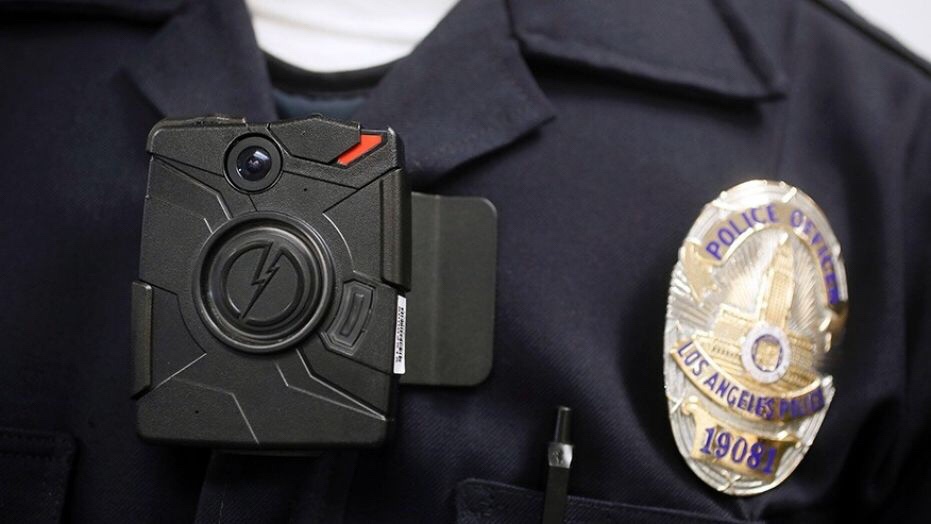Police Body Cameras: Technology & Usage Issues are Growing
This session at PRIMA’s 2018 Annual Conference featured the following speakers:
Richard A. Spiers, CPCU, ARM, ARe
Attorney Samuel C. Hall, Jr.
Federal and state laws, with input from the ACLU, are evolving regarding the information collected and stored by cameras. When the cameras should be turned on is another media topic. In addition, issues are arising regarding how body cameras can support workers’ compensation claims made by officers. Improvements in technology have been surging upward and body cameras will soon have the ability to automatically activate and include real-time facial recognition technology.
Automatic Activation was implemented to avoid concern that officers would have discretion of using them or would have to remember in the moment. What is being tested in the field now is technology that will activate not only the activated officer, but any officer’s camera within a limited radius. Live facial and gesture technology is the most recent update, using body language, expression, and recognition to activate cameras. In addition to triggering when aggressive or negative responses are detected, this leverages most wanted, no fly, and other alert lists to be reviewed in real time by the cameras to alert authorities immediately. Panoramic views are updating cameras to capture the larger field of the situation. Standard view is 130 to 170 degree views with testing of up to 300 degree views. Shoulder mounted cameras seem to be most effective and least impaired by natural movements of officers in the field and will be compatible with the evolvement of panoramic views. Patscan is testing technology using micro-wave rays through body cams to detect a weapon.
A concern is that the automatic activation does not occur until firearm or TASER is unholstered, with possibility of re-capturing 30 seconds prior, but ultimately still missing critical intelligence on context of the scenario. The audience shared and briefly discussed storage costs and public record policies as challenges with implementation of body cameras. While storage data costs are less with cloud technology, the evolving of technology creates more data overall that needs to be stored.
While it’s a challenge to keep up with technology, policies need to accommodate updates in activation and retention/storage. Policies should be available to the pubic and videos should be made available in a consistent way regardless of “good” or “bad” footage from the perspective of the law enforcement entity. Establish appropriate use of video to prepare reports including arrest reports and use of force reports/interviews. Something to consider whether allowing an official, who may later become a criminal defendant, the ability to view video without the same review made available to all other involved parties in the same capacity. Policies should also set retention plans. The ACLU model-default is 6 months unless the video involved a felony, use of force, arrest or civilian complaint in which case it should be kept for three years. The Police Executive Research Forum recommends 60-90 days for non-evidentiary video. Keeping in mind the statute of limitations for related infraction may help establish appropriate retention policies.
An interactive map is available online at https://www.rcfp.org/bodycams. This map shows the current status of state legislation and police department policies regarding public access to police body-worn cameras (“bodycams” or “BWCs”) around the United States under public records laws.
Public access issues of providing videos as public records include: privacy concerns for officers and residents, safety of officers involved, time of release during investigation, do not evaluate on a case-by-case basis, and important to develop relationships with media and key community leaders.
Litigation related to disclosure/non-disclosure has been brought by both the media and law enforcement. Setting consistent policies of when footage may be released can help alleviate litigation. This also alleviates concerns with privacy issues related to early or sporadic release of videos identifying witnesses and victims and video as use of personnel files for disciplinary issues.
Videos have been used effectively in officers’ criminal defense. The ability to slow video down and show the movements and behaviors of all involved in the situation can show the points of threat seen by an officer and provide evidence of protocol or training being followed.
The largest BWC study to date out of Washington DC showed that officers were already following protocol and there was not a measured decrease in use of force, steady citizen complaints, and small increase in arrests and overall found them not to have monetary benefit. Las Vegas Metro executed a study, focusing on neighborhoods with low trust in police and estimated a net savings of about $4M annually due to fewer citizen complaints and fewer use of force incidents.


